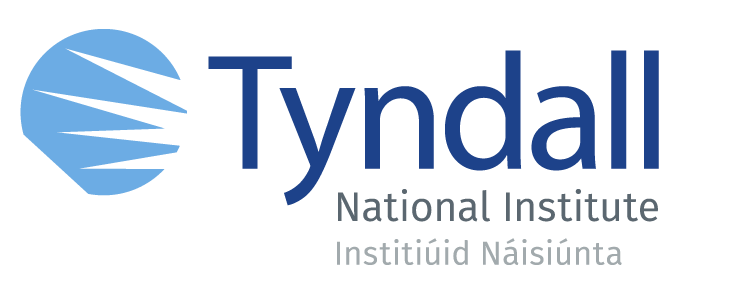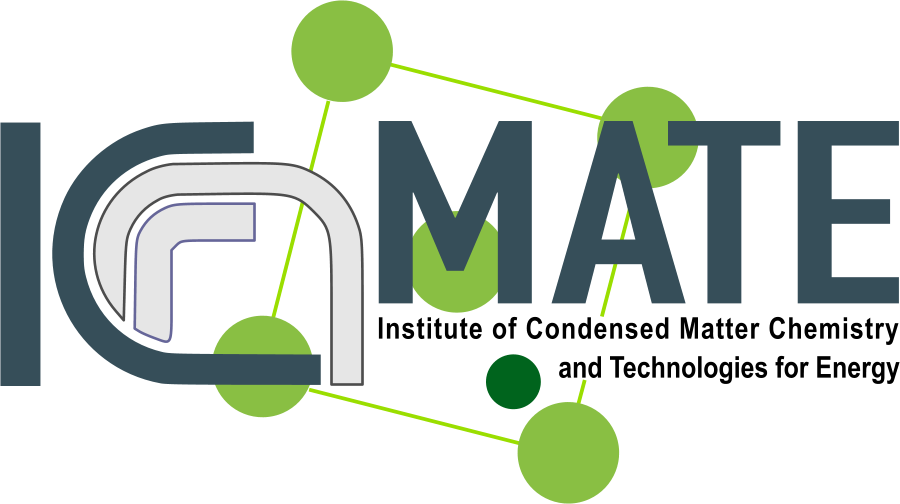
The National Institute for Research and Development in Microtechnologies (IMT-Bucharest, Romania) is a non-budgetary public research unit, established in 1993 and supervised by the Romanian Ministry of Research, Innovation and Digitalisation since 1996 when it became a national institute. Being an internationally competitive organisation, IMT has been involved in world class research in the fields of micro- and nanoelectronic components and systems, including smart sensors, micro- and nanotechnology for biomedical applications, integrated devices, systems and platforms, portable self-powered devices for medical monitoring, multichannel probes for bio-signal acquisition, and CAD of electromechanical microstructures. In terms of integrated systems IMT has also seen success in the implementation of implantable electrodes, neural interfaces, Wi-Fi communication, biocompatible materials. IMT employs 200 people with differing expertise in the fields of electronics, computer science, physics, chemistry, and biology. The institute is structured in 4 R&D centres, grouping 11 laboratories specialized in the following areas: Microsystems for biomedical and environmental applications; Nanobiotechnology; Molecular nanotechnology; Micro-nano photonics; Micromachined structures, microwave circuits and devices; Simulation, modelling, micro-and nano-fluidics; Reliability.

The Laboratory of Microsystems for Environmental and Biomedical Applications (Head Dr. Carmen Moldovan), through which IMT is interested in this project, has been working for over 15 years on the development of biomaterials, formulations, biomarkers, sensors, transducers, implantable electrodes and microfluidic chips and systems (e.g organ on chip) for both biomedical and environmental applications. Some recent applications developed in the lab include sensors for the quantification of glucose in saliva, platforms for the early detection of myocardial infarct and the development of electrodes for an advanced arm prothesis, as well as a series of nanoelectronic sensors for monitoring of gases, water, and food (5 national and European projects), as well as the effect of their degradation on human health. Moreover, in the field of gas sensors we have been working on the concept of an ‘electronic nose’ for the assessment of air quality in an enclosed environment. Thus, we have developed our expertise in the field of chemosensors for pollutants and VOCs. Our team includes electrical engineers, physicists, biochemists and electrochemists, with a broad range of expertise covering aspects of design, simulation, experimental development, fabrication, testing and characterization.

Tyndall National Institute (TNI) is a leading European research centre in integrated ICT hardware and systems. It is also the largest facility of its kind in Ireland and contributes to both research and teaching. Central to TNI’s mission is delivering economic impact through research excellence. TNI work with industry and academia to transform research into products in our core market areas of communications, agri-tech, energy, environment and health. As the national institute for micro/nanoelectronics and photonics, and a research flagship of University College Cork, Tyndall employs over 450 researchers, engineers and support staff, with a cohort of 100 full-time graduate students. TNI have a network of 200 industry partners and customers worldwide. TNI is home to a high-tech national research infrastructure unique in Ireland and is a national research asset. Hosting the only full CMOS, Micro-Electronic-Mechanical Systems (MEMS) and III-V Wafer Semiconductor fabrication facilities and services in Ireland, Tyndall is capable of creating opportunities and prototyping new products for its target industries. TNI is lead institution for the Science Foundation Ireland funded Irish Photonics Integration Centre (IPIC) and host to industry aligned research centres: Microelectronic Circuits Centre Ireland (MCCI); International Energy Research Centre (IERC) and The Centre for Future Networks and Communications (CONNECT). TNI is also a lead partner in European research programmes in electronics and photonics and their integration into smart systems with applications in communications, agri-tech, energy, environment and health. In H2020, TNI deliver value to European research in 85 projects so far (13 as coordinator).

Mircea Modreanu is a Principal investigator at Tyndall National Institute-University College Cork. His research interest cover nanomaterials development for micro-nano electronics, nanophotonics, and RF/microwave/ millimeter-wave/ systems for targeted wireless/energy-harvesting application. His track recorded include over 10 research grants (7 from EC and 3 Irish) will a value exceeding 5M€. Mircea Modreanu has an extensive expertise in optical characterisation techniques and he organised 10 international conferences in the area of optical spectroscopies for advance material and devices characterization (8 in Europe and 2 in Japan). He has published over 170 paper in per-review ISI journals and has given 30 invited talks at international conferences and has three patents pending applications.

The National Research Council of Italy (CNR) is the largest public research institution in Italy, performing fundamental and applied research in physical, engineering, life, social and humanities sciences. The Institute of Condensed Matter Chemistry and Technologies for Energy (ICMATE) is one of the largest CNR Institutes whose mission is research on solid state materials and energy technologies. It consists of 4 sites in Northern Italy (Padova – main site, Genova, Lecco and Milano) and has more than 100 employees, of which more than 60% are scientists, engineers and technologists. Its principal research areas are: Materials & Processes, Metallurgy, Energy & Hydrogen, Sustainability Transitions, Health & Well-being, Digital Chemistry, and Cultural Heritage Science & Technologies. Research efforts are thus directed towards the chemical and computational processing of functional nanomaterials. ICMATE scientists design and perform non-conventional synthesis of innovative compounds and systems, functional surfaces, and materials of inorganic and metallic nature. They combine advanced characterization techniques with theoretical and experimental expertise to predict and correlate the compositional and structural properties of novel materials with their performances. Additionally, ICMATE acts as a consulting hub to public institutions and businesses, providing transfer of knowledge to relevant stakeholders, and contributing to educational programmes and scientific formation.

Maria Losurdo is the Director of CNR-ICMATE, bringing more than 25 years of experience in scientific research, research management and higher education to the role. Losurdo is an Elected Member of the IUPAP Committee C10- Structure and Dynamics of Condensed Matter, active in the Horizon Europe EIC-Women Leadership Programme and, since 2008 coordinator of several European projects (FP7, H2020, HE) on nanomaterials, 2D materials and optronics. She was Adjunct Professor at the ECE Department -Duke University, USA and Visiting Scientist at several International Universities, including the Department of Chemistry at the University of North Carolina at Chapel Hill -US, Universidad Autónoma de San Luis Potosi-Mexico, the Department of Materials Engineering – Shandong University – China and the Department of Chemistry at Seoul National University of Korea. She teaches Master and PhD courses on materials processing, engineering and characterization. Her research work focuses on nanomaterials growth and characterization, optics, plasmonics, semiconductors growth, and low temperature plasma processing of materials Her research work covers alternative materials for plasmonics, creating the concept of “broadband active tunable phase change plasmonics”. She is also active in the chemical vapor deposition (CVD) of 2D materials. Nowadays, she is one of the pioneers of the phase-change 2D and transdimensional materials, including novel optically activated phase-change chalcogenides and oxide materials. Her current research also looks at how to integrate plasmonic systems with chemical, catalytic, sensing, energy and photonic systems. with over 300 publications in various journals. She authored more than 300 papers in peer-reviewed journals, her most downloaded book, “Ellipsometry at the Nanoscale” was published in 2010 by Springer-Verlag.